What is the full form of LNGLNG: Liquefied Natural GasLNG stands for Liquefied natural gas. Natural gas is transformed into a liquid form. They may transport LNG more easily and safely. Natural gas can be transferred from regions with a lot of natural gas supply to regions with a need for additional natural gas by cooling it to a temperature of around -260 F, which turns it into a transparent, colourless, and non-toxic liquid. Natural gas is 600 times smaller when liquid, making it considerably easier to handle and store when pipeline delivery is not an option. Experts predict that the LNG trade will become more significant as global energy consumption rises. 
What is Liquefied Natural Gas (LNG)?Natural gas that has been cooled and turned into a liquid form is known as liquefied natural gas (LNG). Australia and Qatar are now the leading LNG exporters, but the United States is predicted to surpass them in the following few years. China has the highest demand for LNG. Instead of merely being used for transportation, LNG is considered a substitute fuel source for automobiles and other uses. The Functions of Liquefied Natural Gas (LNG) are transporting natural gas from one source to another primarily involves liquefied natural gas. When pipelines are unavailable, exporters employ this approach to carry goods across borders and bodies of water. To liquefy natural gas in big volumes, there are two basic methods, The cascade method and the Linde Approach. A cascading effect results from cooling one gas with another referred to as the cascade process. Regenerative cooling is used in the Linde Method, where the material is compressed, chilled, and expanded several times before being finally cooled into a liquid. Although liquefied natural gas is best recognized as a transportation fuel, it is beginning to become more widely used. The use of gas as a fuel for internal combustion engines in over-the-road trucks, off-road vehicles, maritime vessels, and railroad cars is now being assessed by the automotive industry. The need for liquefied natural gas is global (LNG). A unique tanker is used to store and carry the liquefied natural gas to its final destination. If there is a leak or spill of any kind, LNG won't likely explode. LNG and the gases do not detonate in an open atmosphere. Once LNG has been delivered, the natural gas is reheated, a procedure known as regasification, to allow the gas to expand and return to its gaseous state. Pipelines deliver natural gas to consumers after it has been regasified. The United States imports a minor portion of its natural gas as liquefied natural gas from France and Trinidad despite having one of the world's greatest natural gas supplies. The United States was the third-largest LNG exporter as of 2019, and by 2025, it is predicted that it will surpass Qatar and Australia as the top exporter. LNG has no smell, colour, toxicity, or corrosion. The natural gas is then cooled to around 162 °C (260 °F) and condensed into a liquid at pressures near atmospheric pressure. The mixture of hydrocarbons found in the gas recovered from subterranean hydrocarbon resources varies but often includes methane (CH4), ethane (C2H6), propane (C3H8), and butane (C3H9) (C4H10). Natural gas also contains other gases, most notably CO2. These gases have a variety of boiling points and heating values, opening up numerous commercialization options and potential applications. To produce a pure, sweetened stream of gas, "acidic" substances such as hydrogen sulphide (H2S), carbon dioxide (CO2), oil, mud, water, and mercury are removed from the gas. 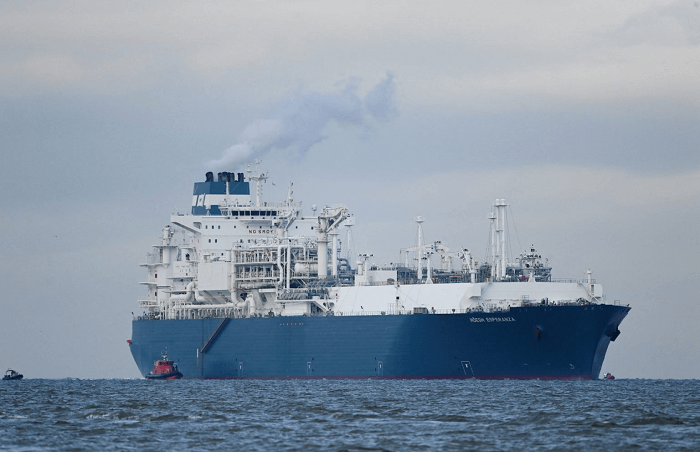
A variety of hydrocarbon components, primarily methane (CH4), ethane (C2H6), propane (C3H8), and butane, can be found in the gas collected from subsurface hydrocarbon sources (C4H10). Besides CO2, there are other gases in natural gas as well. These gases can be used for various purposes since they have wide-ranging boiling points and heating values. To give a pure, sweetened stream of gas, the "acidic" components, including hydrogen sulphide (H2S) and carbon dioxide (CO2), together with oil, mud, water, and mercury, are eliminated. Equipment damage could occur if such acidic molecules, mercury, and other contaminants are not completely removed. Within cryogenic heat exchangers, corrosion of steel pipes and amalgamation of mercury to aluminium could result in costly damage. Natural gas was viewed as financially useless in the 20th century if gas-producing oil or gas fields were located distant from gas pipelines or offshore where pipes were unfeasible. Due to natural gas markets' historically localized structure, production must be utilized within the local or regional network. This typically meant that the gas generated was flared since there were no practical means to store or transport natural gas, unlike oil, other than through compressed gas pipelines to eventual users of the same gas. Natural gas was successfully commercialized into a global industry that today competes with other fuels because of advancements in production methods, cryogenic storage, and transportation. Since simple tanks can be used to secure the storage of various fuels, a supply for several months could be stored in reserve. Long-term gas storage reserves could now be produced thanks to the development of large-scale cryogenic storage. Through regasification procedures, these liquefied gas reserves could be quickly delivered, and they are currently the primary method for networks to satisfy local peak-shaving requirements. Furthermore, networks now have a reliability that was before unthinkable because of the development of LNG storage. Basics of LNGFor transportation and storage, natural gas chilled to a liquid condition, or around -260° Fahrenheit, is known as liquefied natural gas (LNG). Natural gas's volume in the liquid state is roughly 600 times smaller than that in the gaseous state. We can now transport natural gas to locations where pipes cannot go. 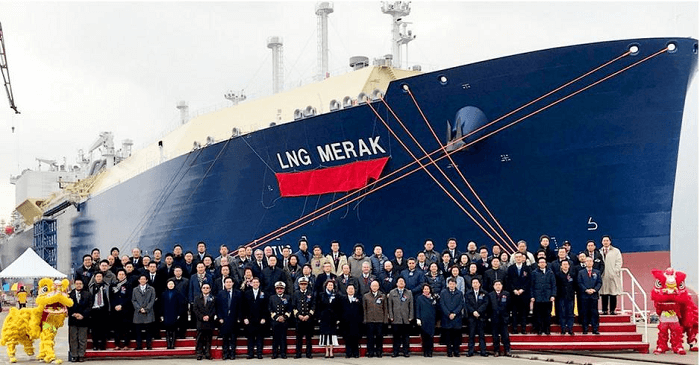
When pipeline transmission is not an option, we can move natural gas over great distances by being liquefied. LNG provides natural gas to markets too far to directly connect to pipelines from producing locations. Natural gas may be transported to terminals worldwide in customized tankers in its compact liquid state. The LNG is converted back to gas at these ports, where it is then piped to distribution firms, industrial customers, and power plants. Specific Energy Density and ContentThe gas source and the method employed to liquefy it affect the heating value. The range of the heating value might be between 10% and 15%. The greater heating value of LNG typically ranges between 50 MJ/kg and 21,500 BTU/lb. The United States government liquefied natural gas on a wide scale for the first time in 1918 to recover the little amount of helium that is present in certain natural gas. This helium was intended for use in British airships during World War I. Instead of being kept, the LNG was regasified and promptly injected into the gas mains. The most important patents relating to natural gas liquefaction were issued between 1915 and the mid-1930s. It had a Thermos bottle-like construction with an insulated wall separating the frigid inner tank from the warm outside tank. 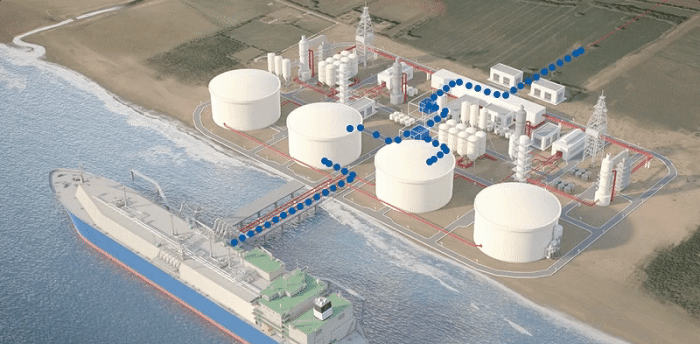
Exports And Imports of LNGThe world's largest producer of natural gas is now the United States. Approximately one-third of global energy is provided by natural gas. While most natural gas in the United States is delivered in its gaseous state by pipeline, the expansion of the global natural gas market has led to an increase in liquefied natural gas or LNG usage. The following are the imports and exports of LNG:
The global demand for LNG grew quickly from almost nothing in 1970 to a sizeable market share today. The LNG business is flourishing as the globe attempts to move away from old, dirty energy sources like coal and oil and instead, concentrate on sustainable energy. According to McKinsey and Company, the demand for LNG will rise 3.4% annually through 2035. The demand for gas declined by 3.0% in 2020, while the demand for LNG increased by 1.0%. Gas will be the fossil fuel with the quickest growth rate, with a projected growth rate of 0.9% from 2020 to 2035. Trade in LNGLNG is loaded onto double-hulled ships for safety and insulation during large-volume ocean transport. LNG is discharged from the ship into well-insulated storage tanks at the receiving port. Then it is regasified and allowed to enter a pipeline distribution system. Small-scale LNG exports are becoming increasingly popular, and they are typically transported using containers similar to those found in international trade and on vehicles specially modified with cryogenic tanks. Smaller volumes of LNG can also be transported, typically over closer ocean distances. "Peak-shaver" liquefaction and storage facilities, which may keep gas compactly for when it is needed in local markets in the U.S. during peak demand, are among other small-scale LNG operations. This kind of infrastructure also occasionally imports or exports LNG via truck. 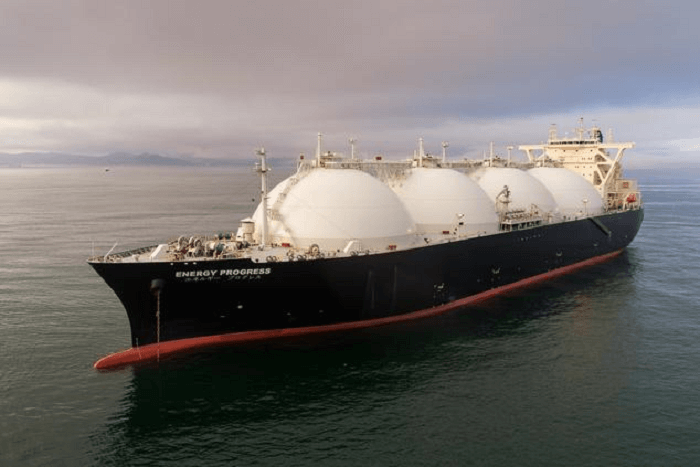
Nearly 2,400 billion cubic feet (Bcf) of natural gas were exported from the United States as LNG in 2020, along with a smaller amount transported by truck or container. U.S. LNG has been shipped to 40 nations across five continents as of August 2021. Additionally, the United States continues to import some LNG, mostly for New England, a part of the nation with limited pipeline and storage capacity. Role of DOE (Department of Energy)Regarding LNG, the Department of Energy is responsible for regulation. Following the Natural Gas Act (NGA), DOE must decide whether applications to export LNG to nations with which the United States does not already have free trade agreements are in the public interest. The Office of Fossil Energy and Carbon Management at DOE must grant permission for businesses that seek to export natural gas (FECM). The Division of Regulation of the Office of Regulation, Analysis, and Engagement is responsible for carrying out the natural gas import-export regulatory program for FECM. Applications to import LNG from any source or export LNG to nations with which the United States has free trade agreements are automatically seen as being in the public interest. Based on the nations of destination, the NGA has two standards of review for LNG export applications. The NGA instructs DOE to assess requests to export LNG to non-FTA nations. DOE must grant export authority to non-FTA nations unless the Department deems that the intended exports are not in the public interest or where trade is prohibited by law or policy. The DOE decides whether to approve long-term LNG export applications to non-FTA countries after conducting a public interest analysis that considers several criteria, including examining the proposed export's economic and environmental effects. The location and operation of LNG export facilities in the United States are normally under the control of the Federal Energy Regulatory Commission (FERC). 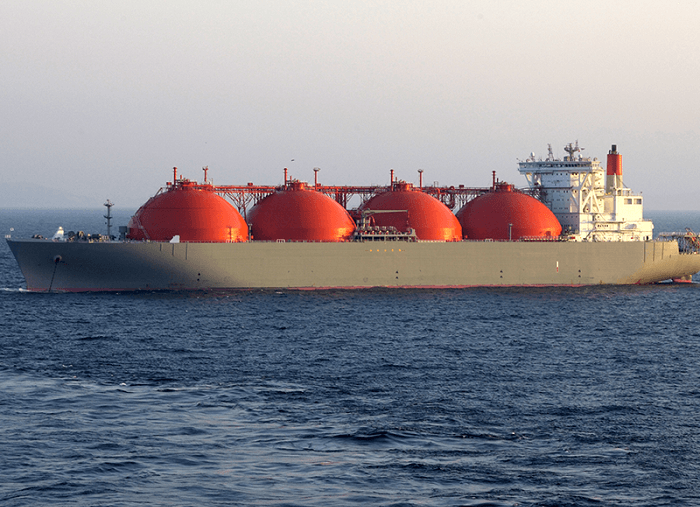
In these situations, FERC directs the National Environmental Policy Act-compliant environmental impact reviews of proposed projects, while DOE normally participates in these reviews as a collaborating agency. For most projects, obtaining a DOE permit to export LNG to nations not a party to the Free Trade Agreement is crucial for financing and construction. DOE has granted LNG export authorizations to several corporations, but these companies have yet to make final investment decisions on their projects. Large-scale facility construction takes years to complete and is quite expensive. The DOE's Summary of LNG Export Applications contains a comprehensive list of long-term LNG export applications and information on their present state. Additionally, DOE encourages market openness by making available its LNG Monthly Report reports on LNG export volumes, destinations, and pricing. In February 2016, we exported domestic LNG produced inside the lower 48 states for the first time. The first LNG tanker cargo from the Louisiana-based Sabine Pass LNG Terminal was exported to Brazil by Cheniere Energy's Sabine Pass Liquefaction, LLC. LNG projects with DOE authorizations submit semi-annual reports to the Department every two years detailing their status and construction advancement. Customers who want to buy LNG from the United States can contact one of the businesses listed in the Online Docket Room that has been granted export authority or is applying for it.
Next TopicFull Forms List
|
 For Videos Join Our Youtube Channel: Join Now
For Videos Join Our Youtube Channel: Join Now
Feedback
- Send your Feedback to [email protected]
Help Others, Please Share










